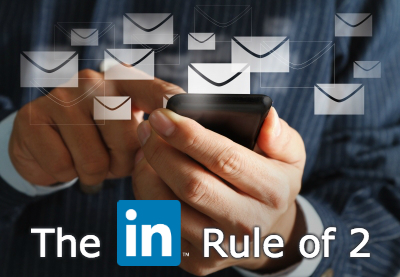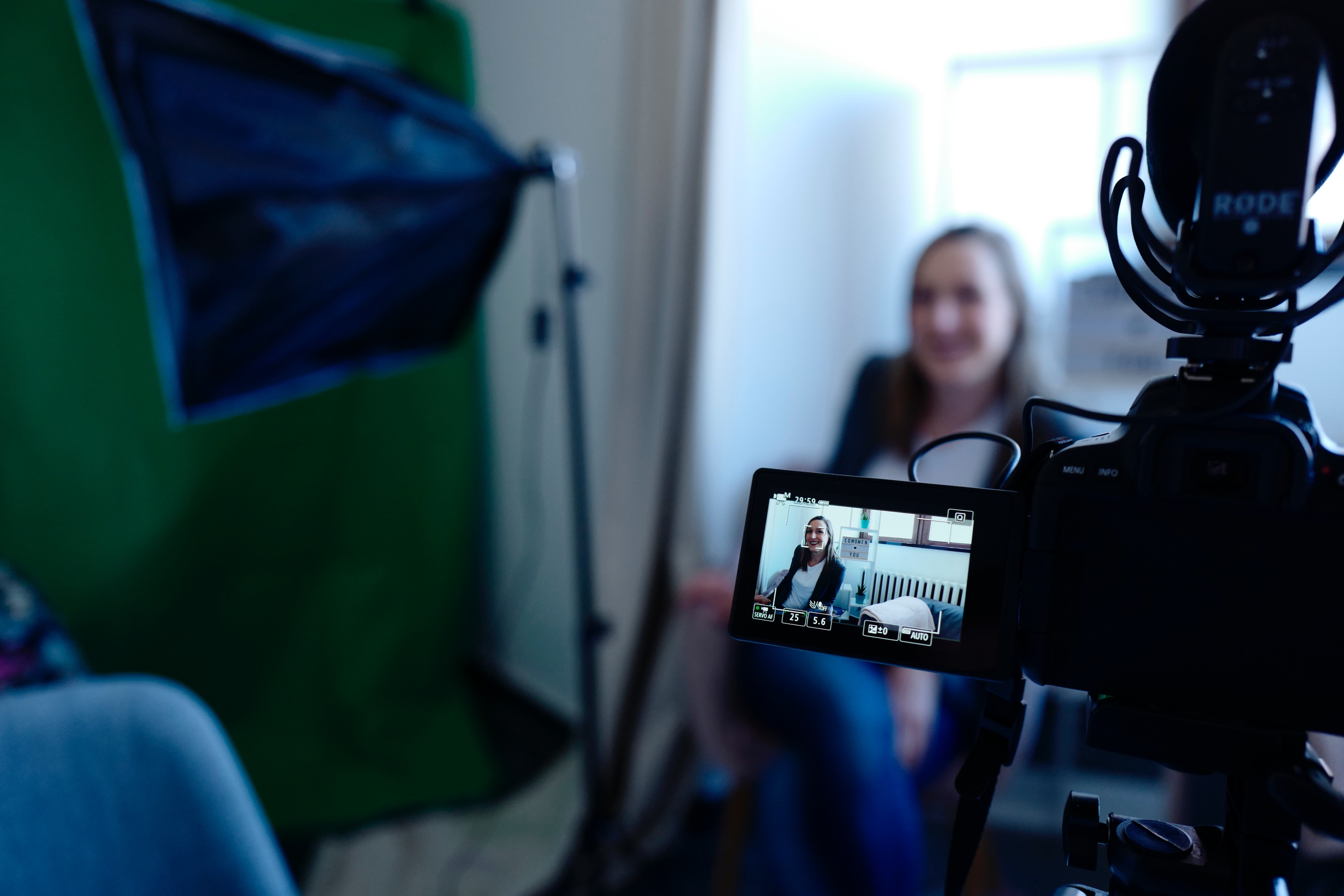 If you’re in B2B sales, chances are you’re using LinkedIn’s InMail feature. You’re probably sending dozens of these things out, pouring over each word and phrase, making adjustments like a mechanic trying to squeeze better and more consistent performance from your social selling efforts. You know sales is a numbers game, and increasing your response rates by 5 or 10% can mean a big difference in results over time.
If you’re in B2B sales, chances are you’re using LinkedIn’s InMail feature. You’re probably sending dozens of these things out, pouring over each word and phrase, making adjustments like a mechanic trying to squeeze better and more consistent performance from your social selling efforts. You know sales is a numbers game, and increasing your response rates by 5 or 10% can mean a big difference in results over time.
We know that challenge well, so we thought we’d share a nice little method our team has been testing — one that’s helped us get responses on about 50% of outbound messages, with about 20% having legitimate interest in the product.
The LinkedIn InMail “Rule of 2”
Cutting right to the chase, here’s how the Rule of 2 works for prospecting:
- Target your 2nd degree LinkedIn connections as prospects.
- Find a second way you connect with that person, not necessarily related to what you’re selling.
It’s simple, but let’s walk through the rationale:
1. Since you’re in sales you should have plenty of LinkedIn connections, and as a result, a large network of 2nd degree prospects to choose from. This gives you an all-important mutual connection you can reference in your introduction that’ll get you a foot in the door.
2. The second way you connect will help you strengthen rapport through an interest or experience you both share. A prime example is if you went to the same school or lived in the same city, because those are things people can easily relate to and are often passionate about. There’s a reason why alumni networks are so powerful — use them!
You’ll have to tailor your approach to each prospect, but here are some easy connections you can make just looking at their LinkedIn or other online profiles:
- Sports team (people are fanatical about their teams)
- Former company connection
- A blog or publication they wrote or were featured in
- Common interest or cause
- Current event
Why? People Pay Attention to Real Connections
For as complex as people are, they can also be rather predictable. There are a ton of different things competing for a person’s attention at any given time, so one of the only ways people are able to filter what’s important to them is by making a quick judgment as to how closely the message hits to home.
In general, people are attentive to their friends and network, and they also prefer to do business with people they trust, so the closer the connection you can make, the more likely you are to get their attention. Think about it: You might get a hundred emails in a day, but there’s no way you’re skipping over one sent from your spouse or your boss — those hit very close to home. Your InMail message will never rise to that level of importance, but leveraging rapport from your connections can at least get prospects to read and respond to your request. Then, if you both find there’s potential for more, you just take it from there.
Example “Rule of 2” Message Format
Keep your “Rule of 2” messages short and build rapport as quickly as possible, like this:
Subject: Your Connection with [2nd Degree Connection]
I’m reaching out for two reasons: First to make a connection with a fellow University of Michigan alum, and second because I noticed you were connected with [2nd Degree Connection Name], a business connection of mine. I’d love to learn more about [Company Name] and see if your team is a fit with what we do as a company. I promise I won’t jump into some robotic sales pitch — I’m very consultative in my approach to helping sales teams. Do you think we could chat for 10 mins?
Summing It Up
Getting people to actually read your messages is one of the main barriers to having success with InMail. But if you can do it, you’ll give yourself a real chance to land business from that new relationship.
The Rule of 2 is good practice for effective prospecting outside of LinkedIn, as well. It teaches you one way to build the type of quick rapport with prospects that makes earning their attention and time an easier feat. Over time, this kind of approach will help you earn more deals and increase the overall effectiveness of your prospecting efforts.
What are some of the ways you’ve been able to increase response rates on LinkedIn? Share your tips below!



